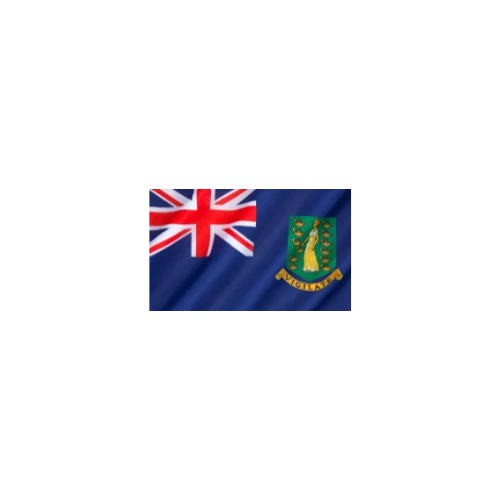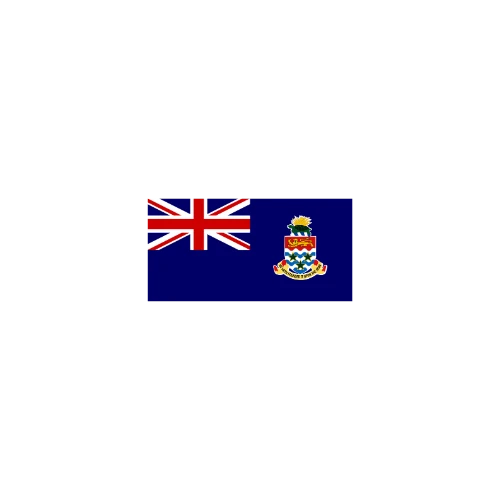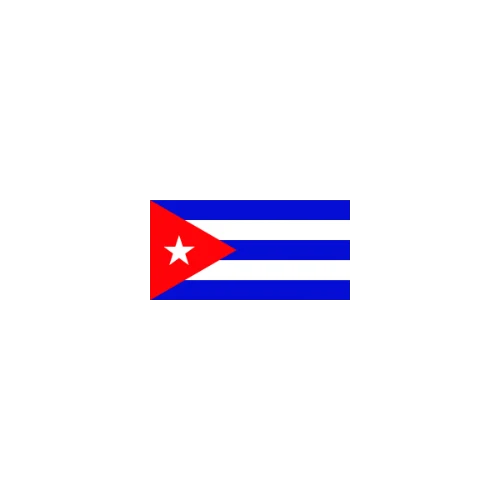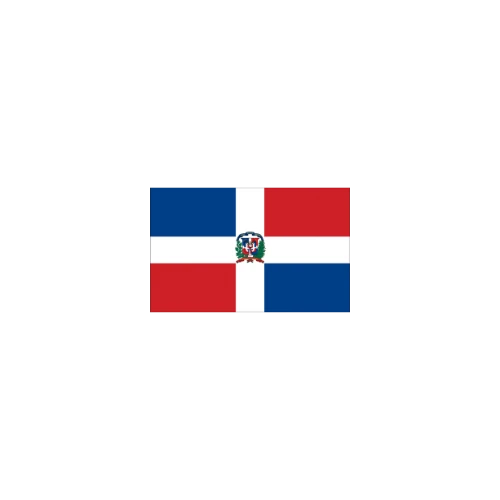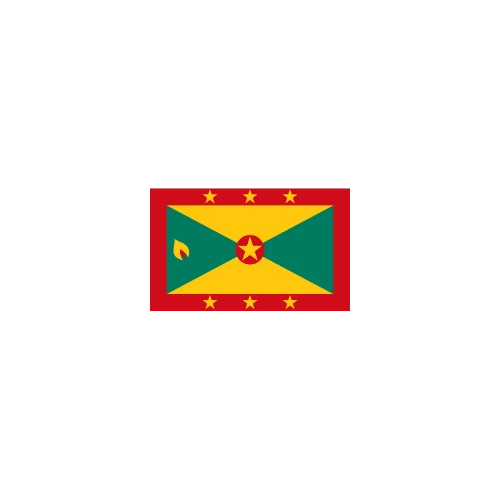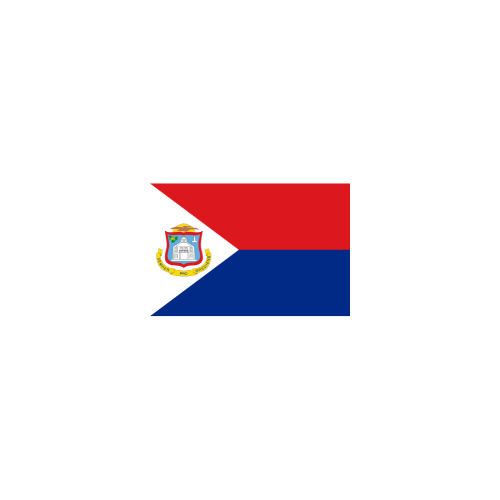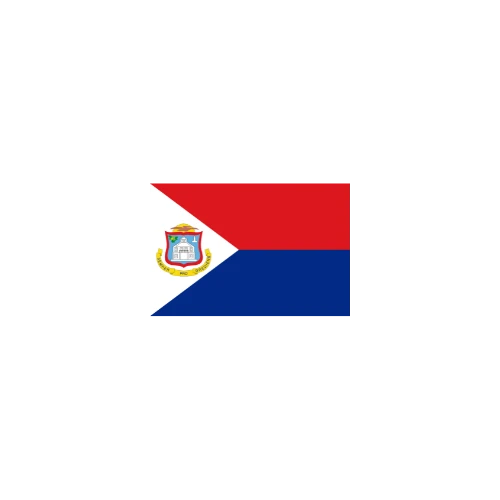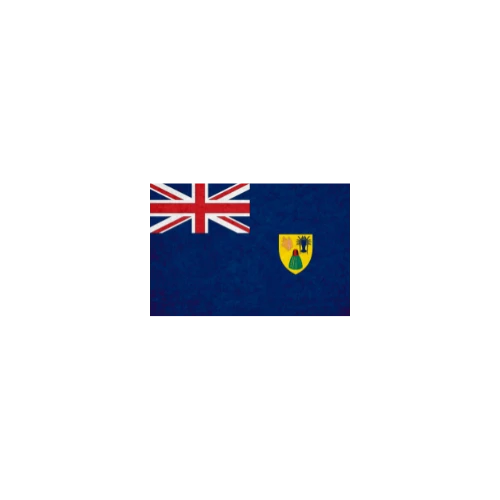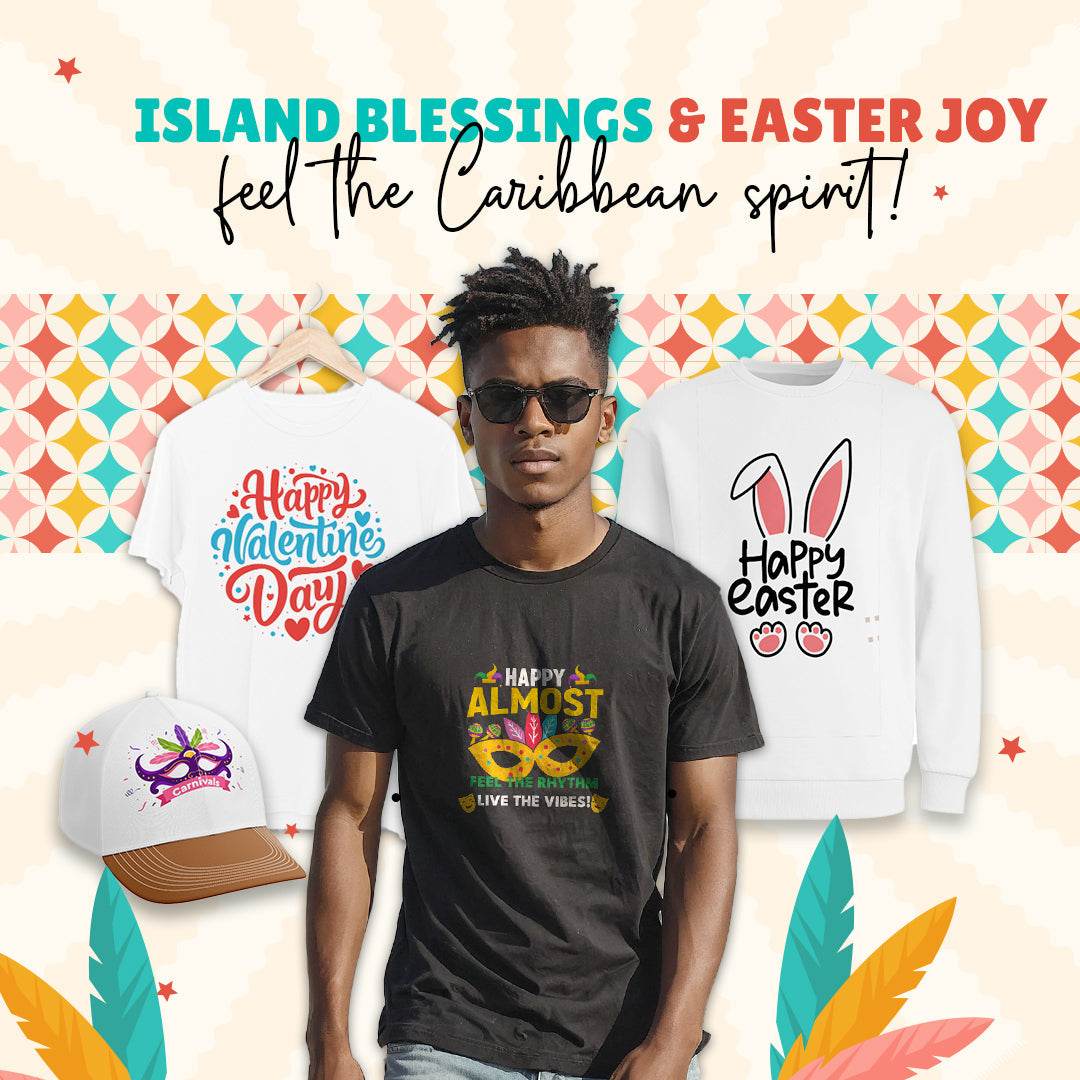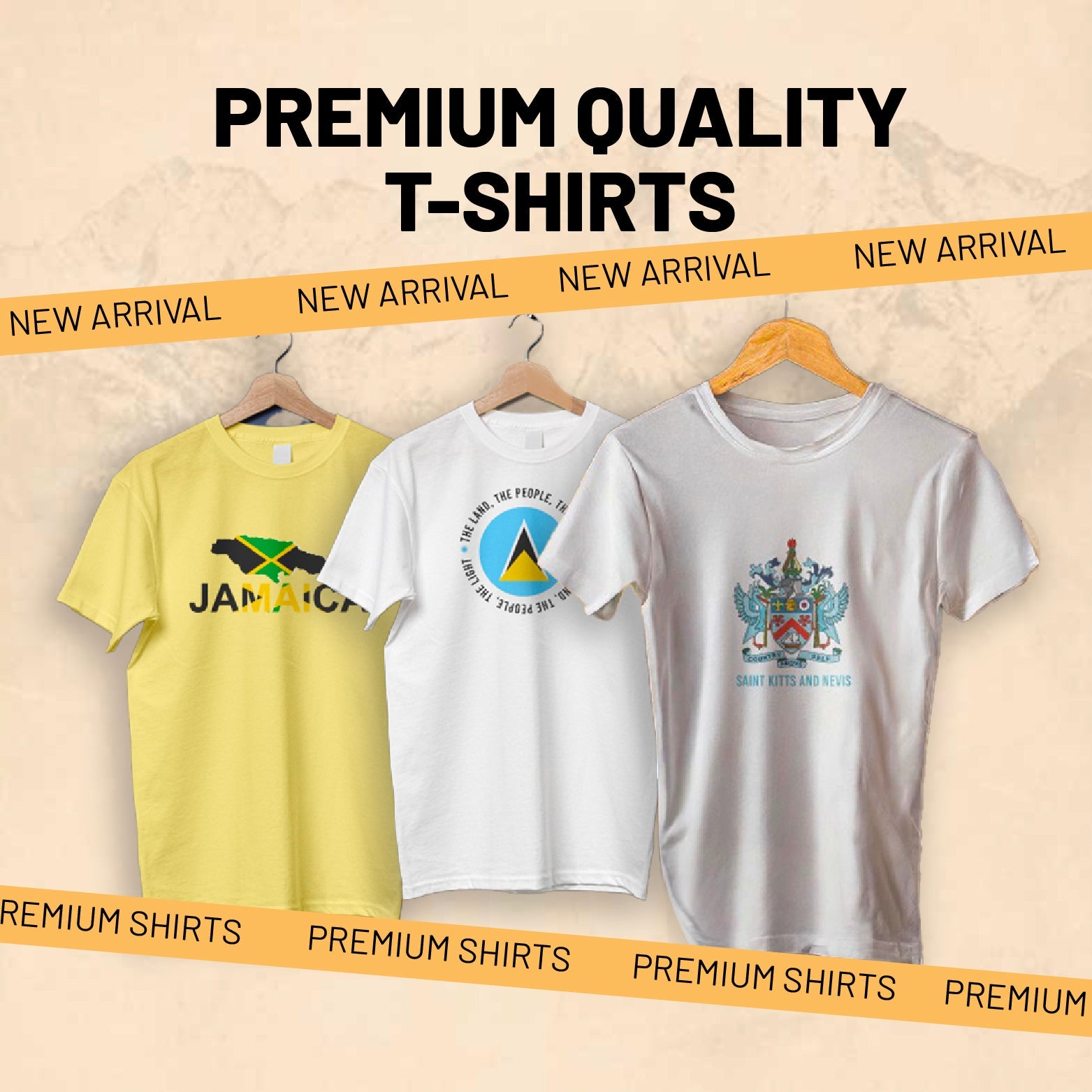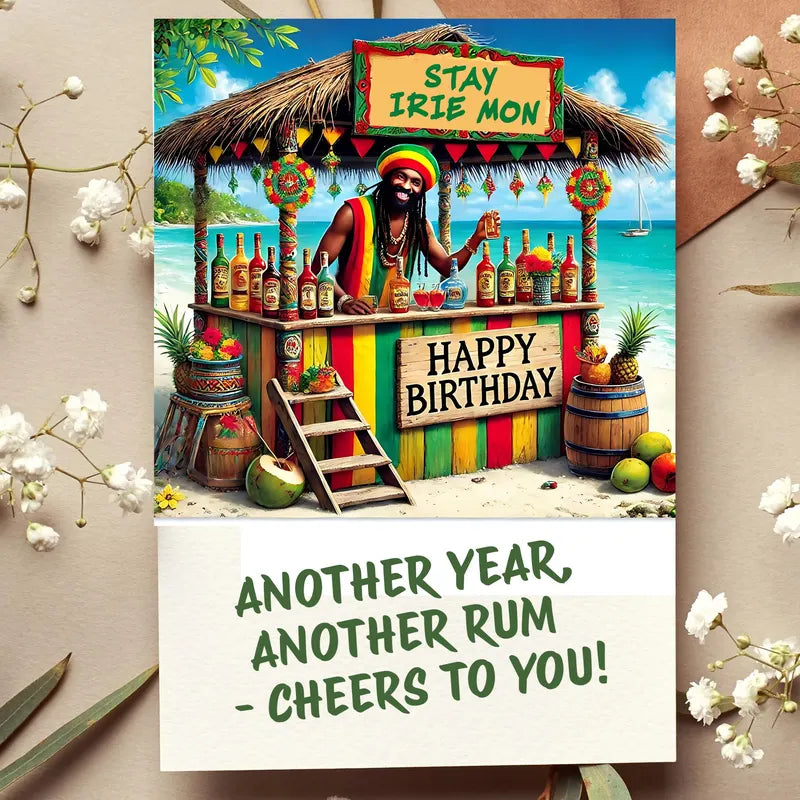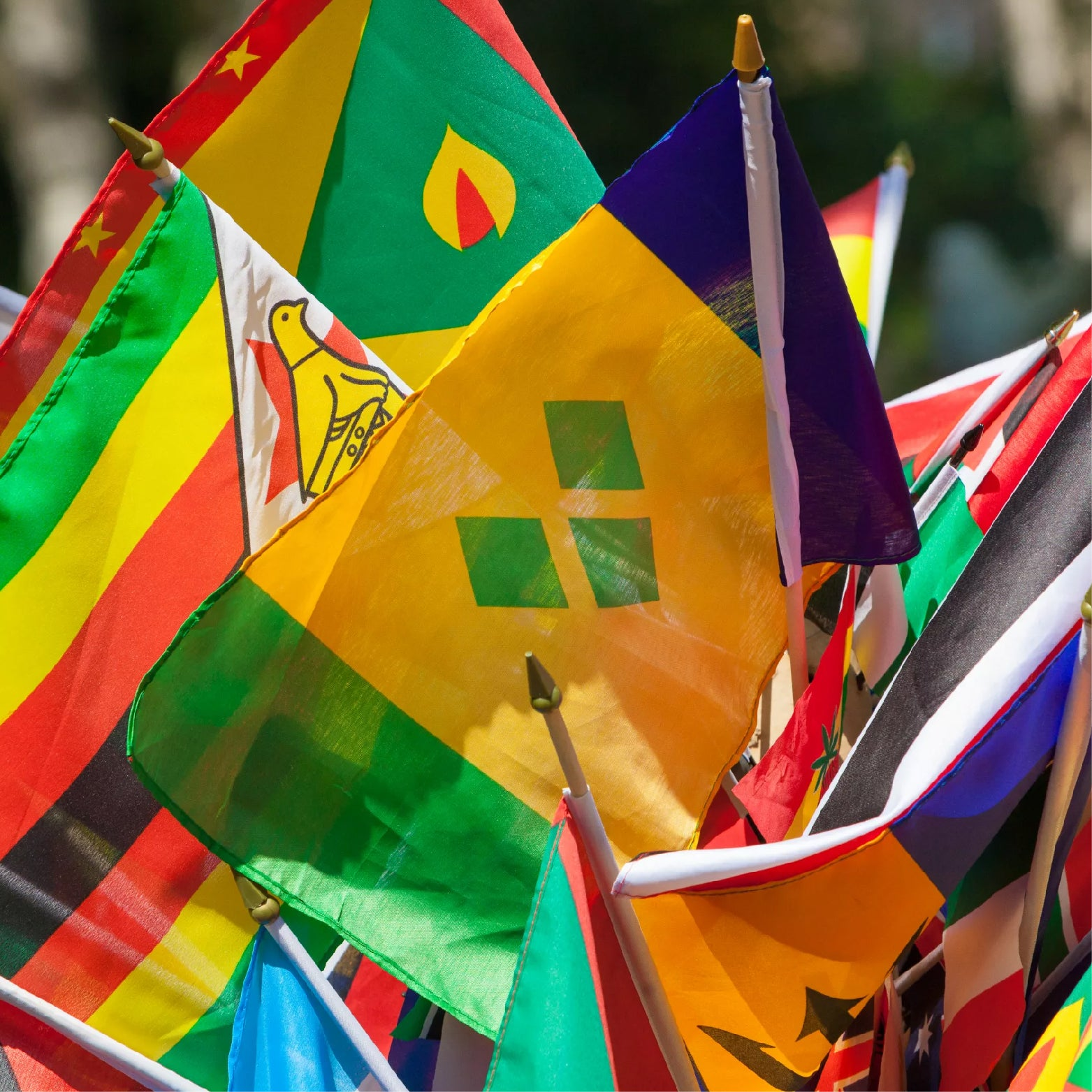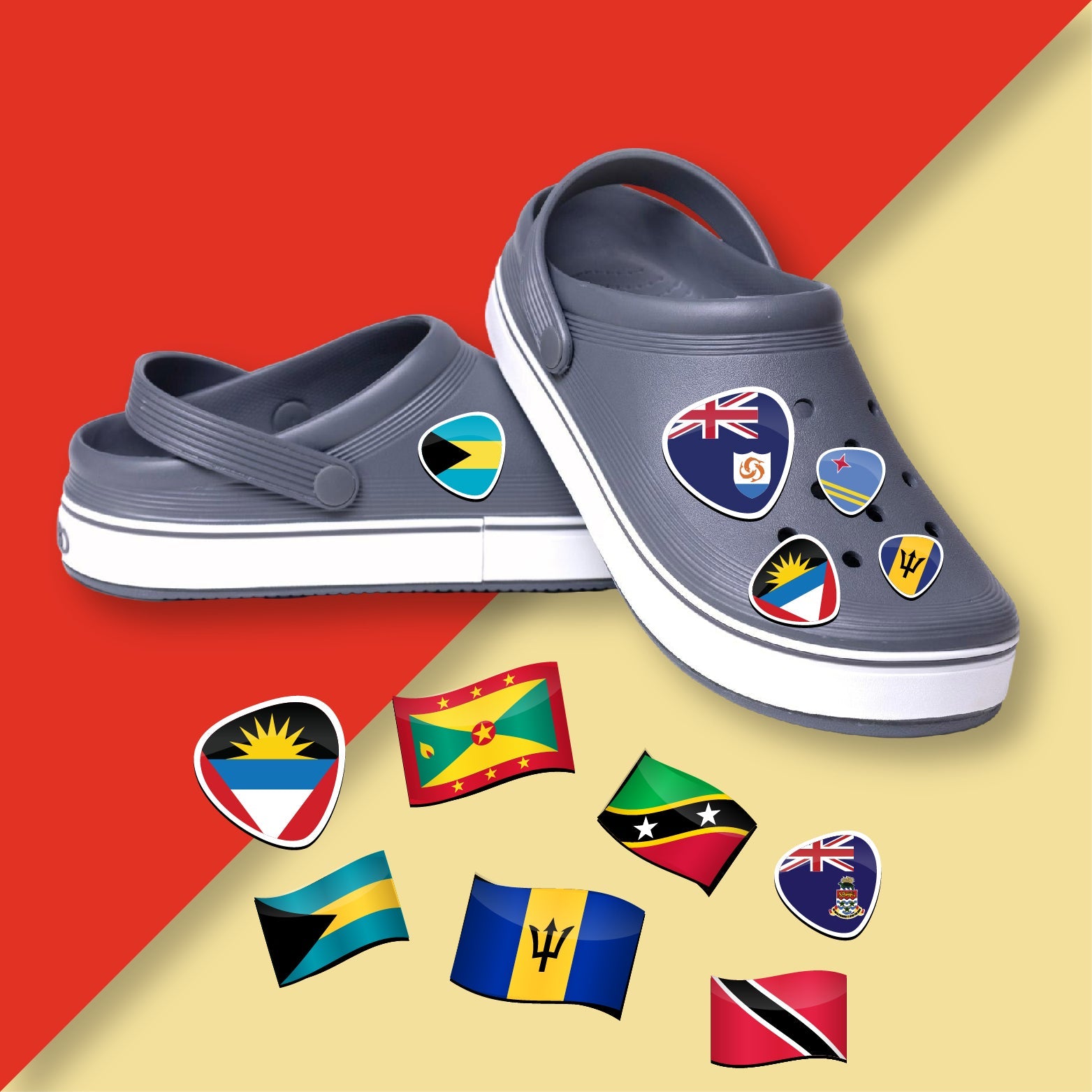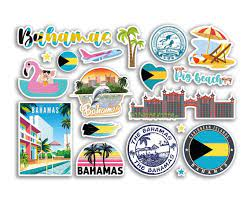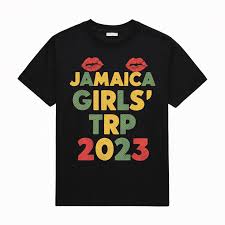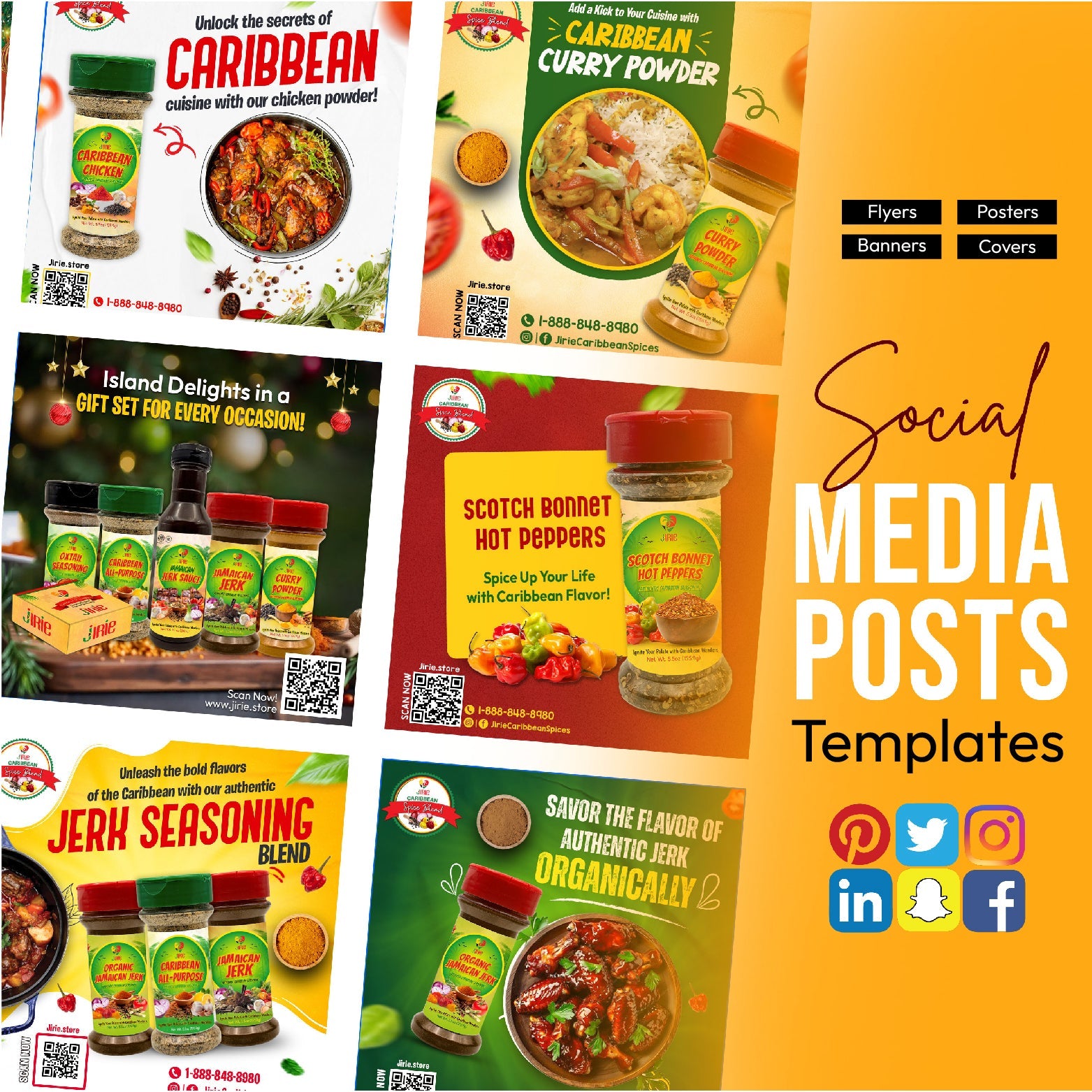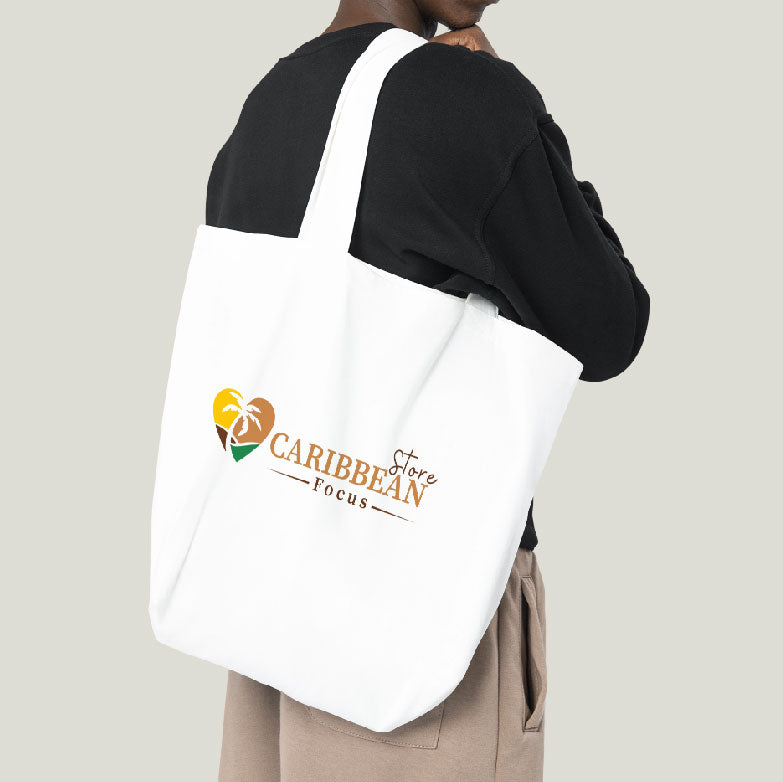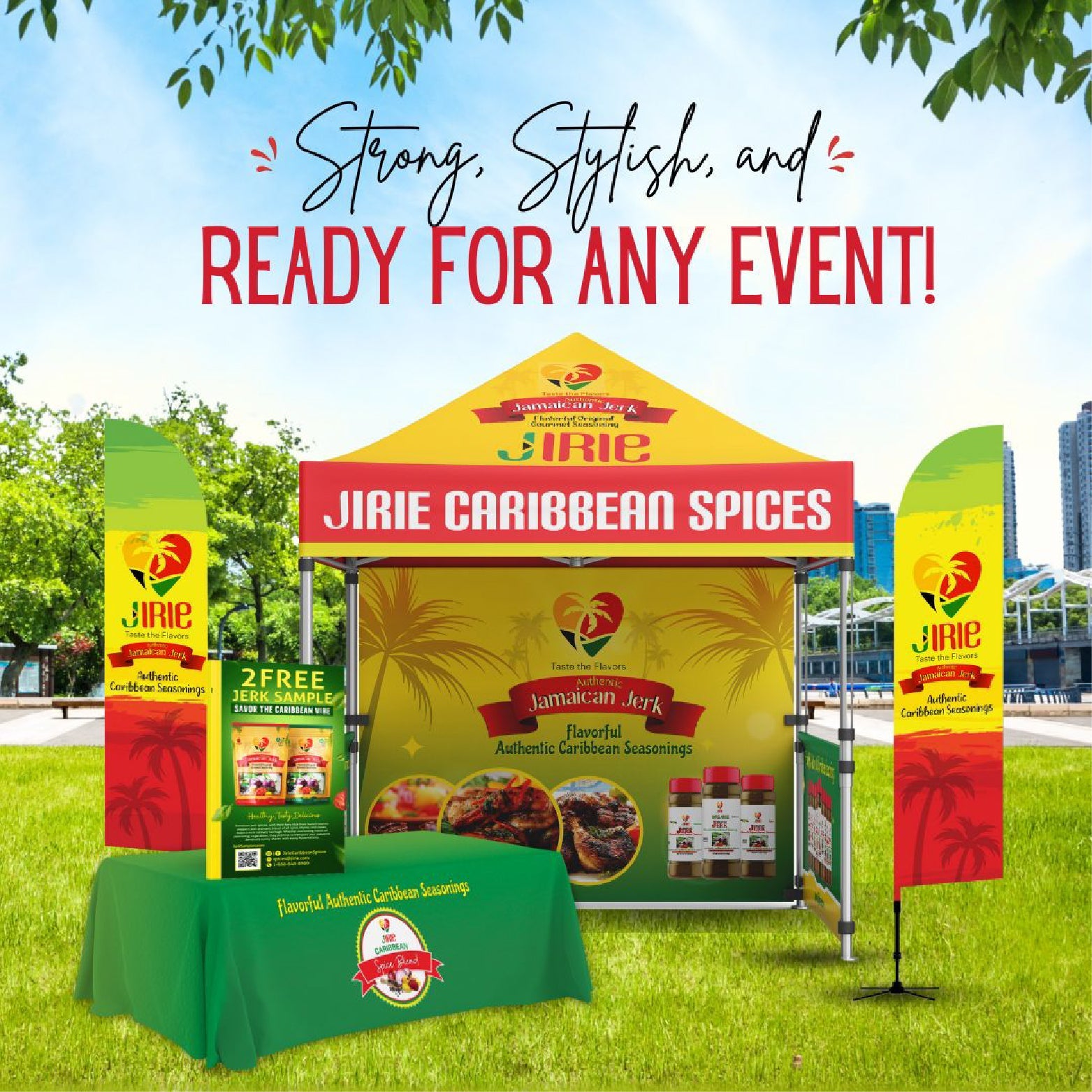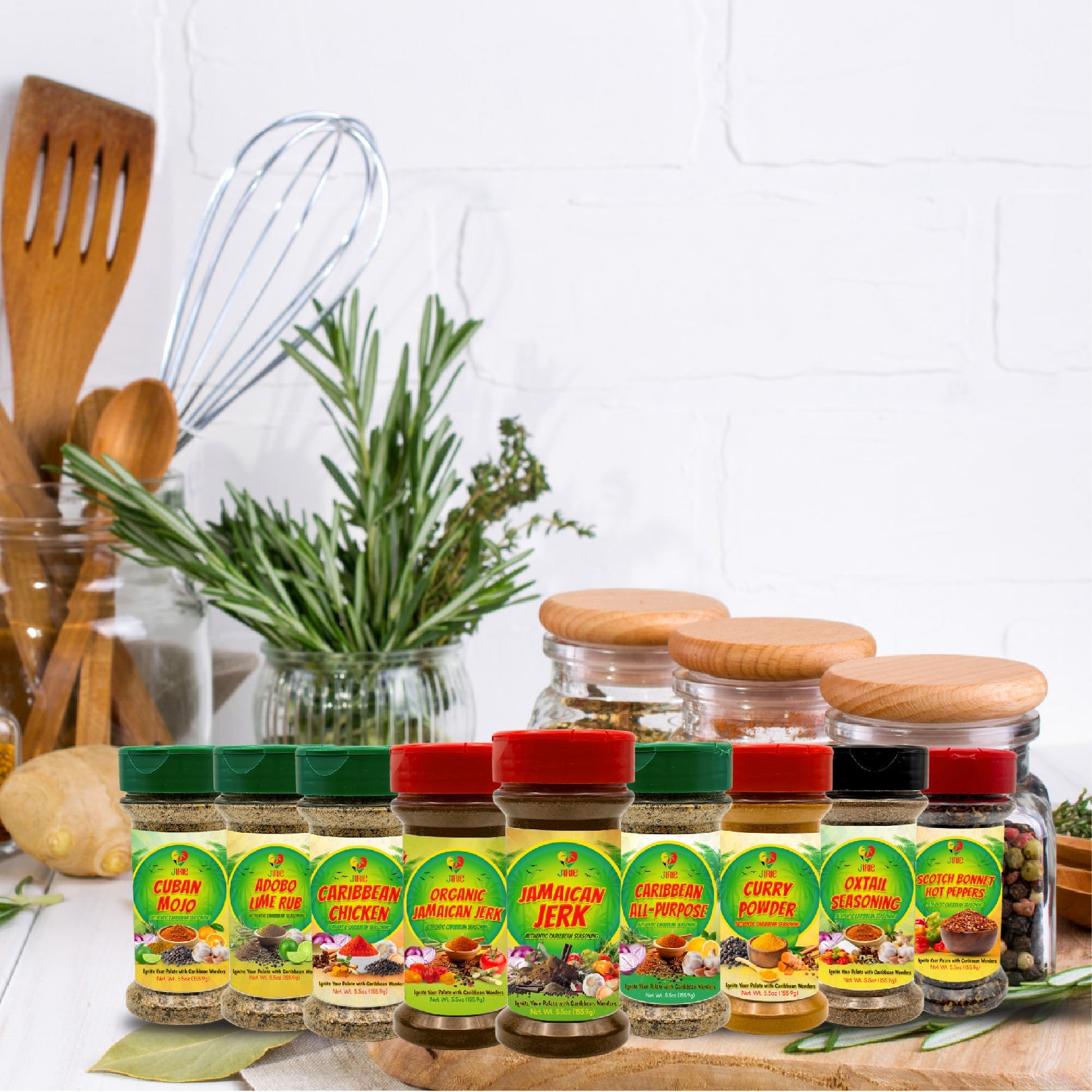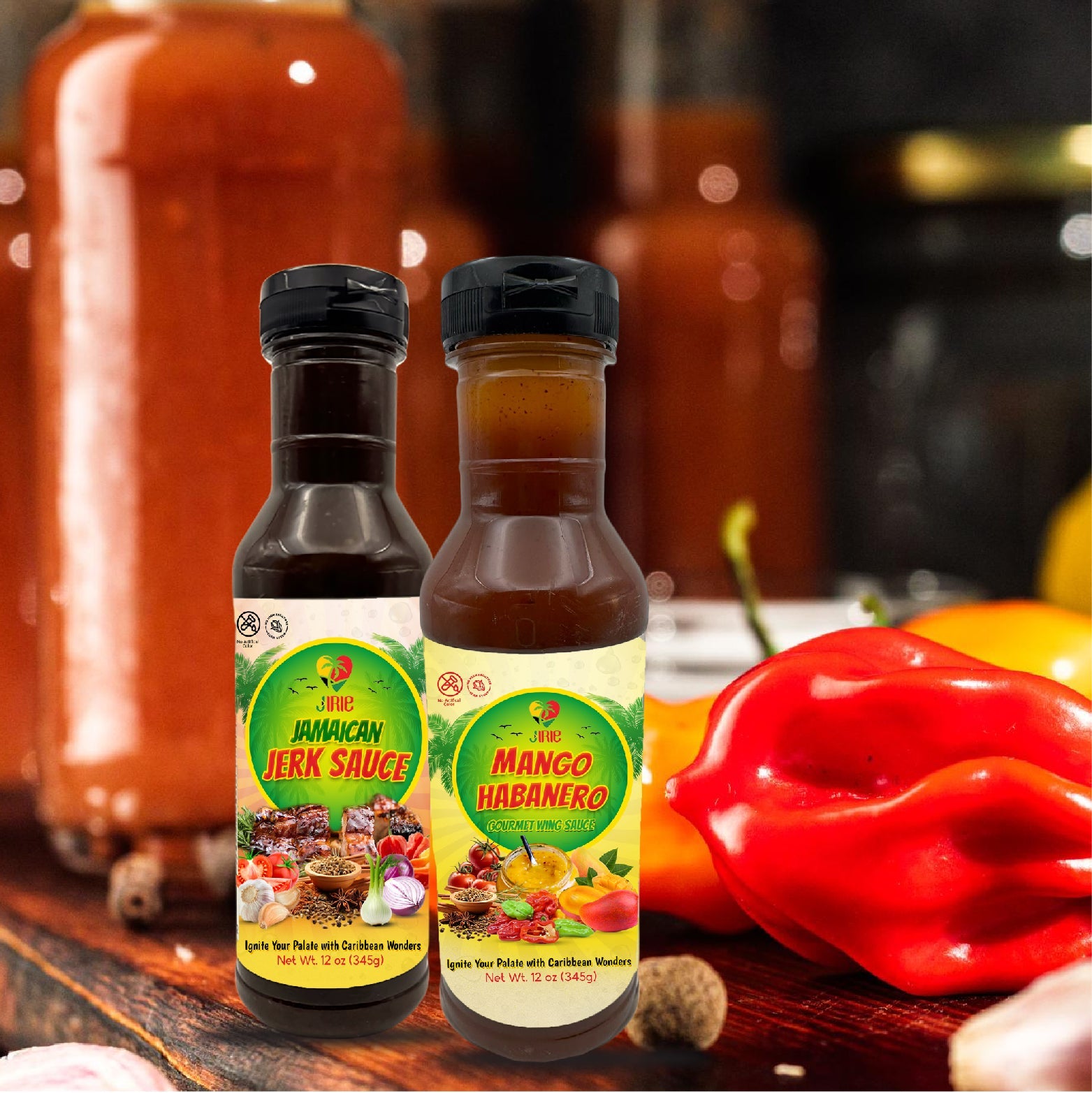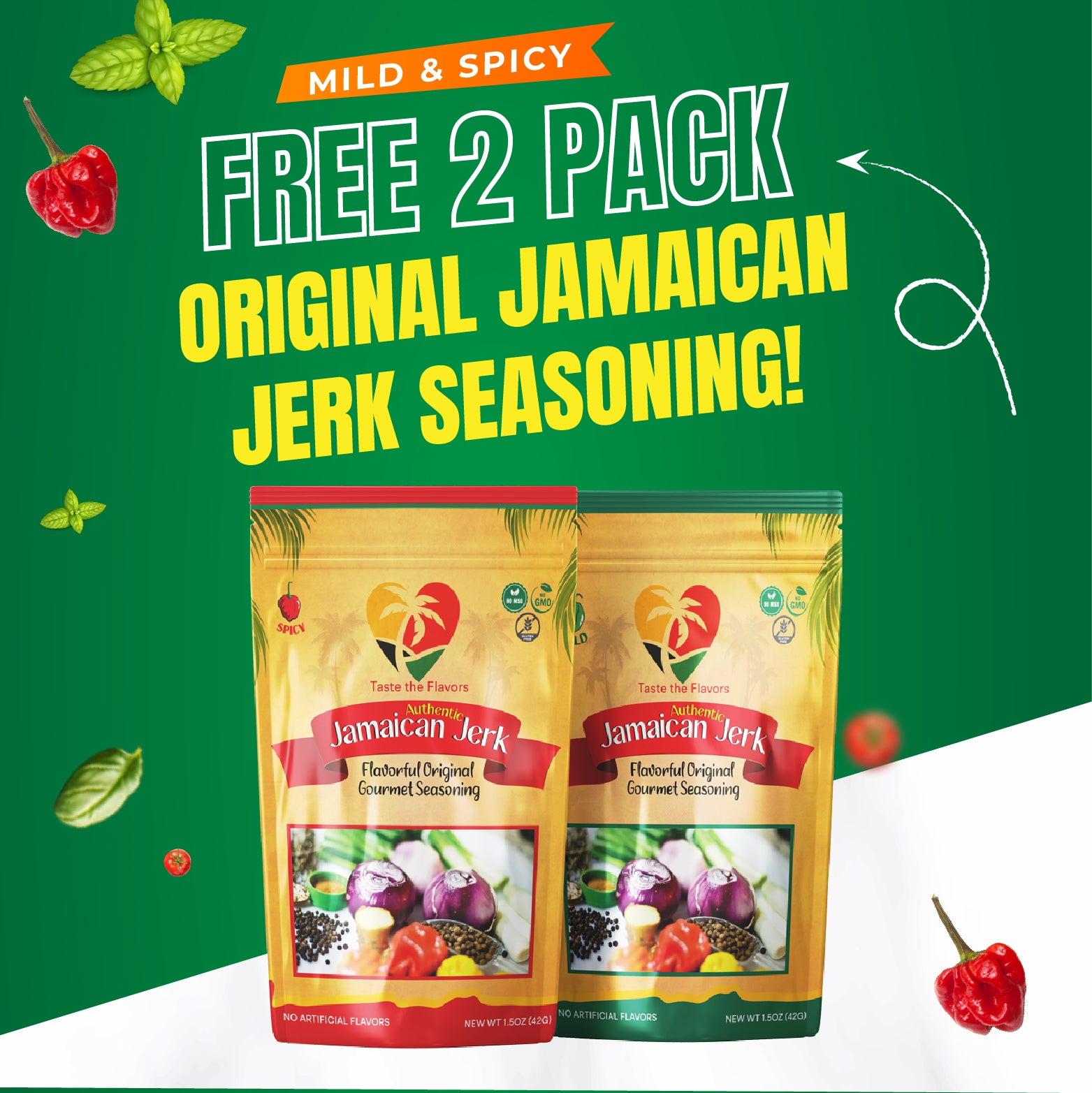MAAK DE BESTE JAMAICAANSE JERK CHICKEN THUIS!

MAAK DE BESTE JAMAICAANSE JERK CHICKEN THUIS!
Exploring Sustainable Agriculture and Fishing in the Caribbean
door Rohan McClure op apr. 26 2025
As the vibrant waves lap against the sun-kissed shores of the Caribbean, a deeper story unfolds beneath the surface of this enchanting region. While the Caribbean is often celebrated for its stunning landscapes and rich cultural heritage, it is equally home to a burgeoning movement towards sustainable agriculture and fishing practices. With the impacts of climate change and over-exploitation of natural resources looming large, the need for sustainable solutions has never been more critical. In this article, we’ll delve into the innovative approaches being adopted across the islands, spotlighting the efforts of local farmers and fishermen who are committed to preserving both their livelihoods and the delicate ecosystems they rely on. Join us as we explore how the Caribbean is embracing sustainability to secure a brighter future for generations to come.
Understanding the Challenges of Caribbean Agriculture and Fishing
The Caribbean region is home to rich biodiversity and vibrant ecosystems, yet it faces significant challenges in both agriculture and fishing sectors. Climate change has exacerbated issues such as sea level rise, unpredictable weather patterns, and increased frequency of natural disasters, putting immense pressure on local farmers and fishermen. Soil degradation and overfishing further complicate these circumstances, leading to reduced crop yields and diminishing fish stocks. Local populations reliant on these industries for their livelihoods are seeing their traditional ways of life threatened, necessitating new approaches to resource management.
Addressing these challenges calls for innovative solutions that integrate sustainable practices into agricultural and fishing activities. For example, crop rotation and agroforestry can enhance soil health, while community-based fisheries management can alleviate the strain on marine resources. Additionally, engaging in education and training initiatives helps empower local communities to adopt these sustainable methods. Key stakeholders, including governments, NGOs, and local communities, must collaborate to develop policies that prioritize environmental stewardship and resilience against climate impacts. Investment in research, technology, and support systems is crucial to transform these sectors, ensuring food security and economic stability for future generations.
Innovative Practices in Sustainable Farming Techniques
In the Caribbean, innovative practices in sustainable farming are emerging as vital components to address environmental challenges while enhancing food security. One of the most compelling techniques is agroforestry, which integrates trees and shrubs into traditional crop farming systems. This approach not only improves biodiversity but also helps in soil stabilization and water retention. Farmers are increasingly using permaculture, where ecological principles guide the design of agricultural systems, creating a self-sustaining environment that minimizes waste and maximizes productivity. Other practices gaining traction include:
Crop rotation: Alternating different crops to improve soil health and reduce pests.
Organic farming: Using natural fertilizers and pest control methods to cultivate crops without synthetic chemicals.
Vertical farming: Growing crops in stacked layers to conserve space and resources.
Additionally, sustainable fishing practices in the Caribbean are adapting to ensure the health of marine ecosystems. Community-supported fisheries (CSFs) are gaining popularity, allowing local fishermen to engage directly with consumers, thus promoting local economies and reducing overfishing. The implementation of marine protected areas (MPAs) is also being explored, which not only preserves critical habitats but allows fish populations to recover. Sustainable fishing techniques include:
Selective gear use: Employing nets and traps that minimize bycatch.
Seasonal closures: Temporarily halting fishing during breeding seasons to allow populations to rejuvenate.
Ecotourism: Promoting snorkeling and diving experiences instead of traditional fishing practices, contributing to local livelihoods.
Promoting Responsible Fishing Methods for Ecosystem Health
In the Caribbean, fostering healthy marine ecosystems is paramount for both the environment and local communities. Responsible fishing methods are crucial in preserving the region’s delicate oceanic balance, which supports a multitude of species and livelihoods. Adopting techniques such as catch and release, net fishing with bycatch reduction devices, and seasonal catch limits can significantly lessen the impact on aquatic populations, allowing for the rejuvenation of fish stocks. Fishermen and women are encouraged to participate in ongoing training programs to stay informed about sustainable practices that minimize overfishing and habitat destruction.
Community engagement plays a vital role in promoting these methods, as local fishermen can share their first-hand experiences and knowledge with younger generations. Educational initiatives focusing on the long-term benefits of sustainable fishing can create a culture of stewardship among coastal communities. Collaborative efforts between governments, NGOs, and local stakeholders are essential for establishing guidelines and monitoring programs that ensure compliance with responsible fishing practices. Here’s a basic comparison of sustainable and unsustainable fishing methods:
Sustainable Fishing Methods
Unsustainable Fishing Methods
Selective gear to minimize bycatch
Driftnets that trap everything in their path
Adherence to seasonal fishing limits
Year-round fishing without regard for spawning seasons
Use of aquaculture to relieve pressure on wild stocks
Destructive bottom trawling
Community management practices
Corporate exploitation of marine resources
Community Engagement and Policy Recommendations for Sustainability
Effective community engagement is crucial for fostering sustainable practices in agriculture and fishing throughout the Caribbean. By collaborating with local stakeholders, including farmers, fishermen, and community organizations, we can identify unique challenges and opportunities specific to the region. Initiatives like workshops and town hall meetings can empower residents to share insights, helping shape policies that reflect their needs. Key strategies include:
Inclusive Education: Implementing programs that teach sustainable farming and fishing techniques.
Resource Sharing: Creating networks for sharing tools, seeds, and knowledge among local producers.
Support for Cooperatives: Encouraging the establishment of cooperatives that promote collective bargaining and sustainability.
To support these efforts, policy recommendations should focus on increasing funding for sustainable projects and ensuring these initiatives are accessible to all community members. Policymakers must prioritize regulations that protect the environment while also supporting local economies. Recommendations include:
Policy Recommendation
Expected Outcome
Incentivize organic farming
Increased crop diversity and soil health
Implement fishing quotas
Restoration of fish populations
Support agro-ecological practices
Enhanced resilience to climate change
Concluding Remarks
As we conclude our journey into the realms of sustainable agriculture and fishing in the Caribbean, it’s clear that these practices are more than just buzzwords; they are vital for the preservation of the region’s rich biodiversity and cultural heritage. The efforts being made by local farmers, fishers, and communities highlight a shared commitment to ensuring that resources are managed responsibly for future generations while still nurturing the vibrant traditions that make the Caribbean unique.
By embracing sustainable methods, we not only safeguard the environment but also foster economic resilience and food security in a region heavily reliant on its natural resources. As consumers, we can play our part by supporting local initiatives and making informed choices that prioritize sustainability.
The road ahead may be challenging, but with continued innovation and cooperation, the Caribbean can lead the way in showcasing how environmentally conscious practices can harmonize with community needs. Let us all take inspiration from these efforts and advocate for a greener, more sustainable future in this beautiful archipelago. Thank you for joining us on this exploration, and we hope you feel inspired to make a positive impact in your own community!

MAAK DE BESTE JAMAICAANSE JERK CHICKEN THUIS!
Exploring Caribbean Lifestyle Photography: Daily Life Captured
door Rohan McClure op apr. 26 2025
The Caribbean is often regarded as a paradise of sun-soaked beaches, vibrant landscapes, and a rich tapestry of cultures. Yet, beyond the stunning scenery and iconic tourist attractions lies a deeper story — one that unfolds in the everyday lives of its people. In this article, we delve into the world of Caribbean lifestyle photography, a genre that beautifully captures the essence of daily life in the islands. From the bustling markets and lively street scenes to the tranquil moments shared among families, we’ll explore how photographers convey the unique spirit and cultural diversity of the Caribbean. Join us on this visual journey, as we celebrate the joy, resilience, and vibrant traditions that define the Caribbean lifestyle through the lens of photography. Whether you’re an aspiring photographer, a travel enthusiast, or simply curious about the region, there’s much to discover in the stories behind the images.
The Essence of Caribbean Daily Life Through the Lens
The vibrant heartbeat of Caribbean life unfolds through an array of daily scenes that photography beautifully encapsulates. From the sun-kissed streets of San Juan to the serene coasts of Saint Lucia, each moment tells a story steeped in culture and community. Coffee vendors serve steaming mugs to locals as morning sunlight dances on the waves, while children play with infectious laughter in the background. The essence of these images often captures not just individuals but the connection they share with their surroundings. Key elements often featured in such photography include:
Colorful Marketplaces: Dynamic stalls bursting with local produce and handmade crafts.
Traditional Festivals: Vibrant parades and dances that showcase cultural heritage.
Natural Landscapes: Lush greenery and stunning beaches that serve as backdrops to everyday life.
Photography reveals the rich tapestry of daily rituals, from family dinners infused with the aromatic spices of home-cooked meals to fishermen pulling the day’s catch from the turquoise waters. These images offer an intimate glimpse into Caribbean hospitality, where sharing is a way of life. Capturing the artistry of daily tasks, like street-side cooking and artisan craft-making, showcases the resilience and creativity of the Caribbean people. Below is a brief overview of a few lifestyle elements frequently observed through the lens:
Daily Activity
Description
Morning Coffee Rituals
Gathering for a traditional cup of coffee, often enjoyed in groups.
Street Vendors
Serving local dishes, a reflection of community and culinary diversity.
Festival Preparations
Behind-the-scenes look at dance and art celebrating cultural heritage.
Techniques for Capturing Vibrant Local Culture and Traditions
To authentically capture the essence of Caribbean culture and traditions through photography, immerse yourself in the daily life of the communities. Engage with local residents, allowing their stories and experiences to inform your perspective. This might involve:
Participating in community events and festivals to witness traditional practices firsthand.
Documenting families in their homes, showcasing the warmth of interpersonal relationships.
Exploring local markets to photograph the vibrant colors and unique crafts that reflect cultural heritage.
Additionally, consider the following techniques to enhance your photography:
Technique
Purpose
Golden Hour Photography
Capture warm, flattering light that enhances the natural colors of the environment.
Candid Shots
Showcase genuine emotions and interactions among locals without intrusion.
Wide-Angle Lenses
Include expansive backgrounds that reveal the setting’s significance within the community.
Essential Gear for Caribbean Lifestyle Photography
To excel in capturing the vibrant essence of Caribbean lifestyle photography, it’s essential to equip yourself with the right gear. First and foremost, a versatile camera is paramount. Whether you opt for a DSLR or a mirrorless system, make sure it supports various lenses to adapt to different shooting scenarios, from wide-angle beach vistas to close-up shots of local crafts. Pairing your camera with a high-quality zoom lens will allow you to find that perfect composition without losing focus on the bustling daily life around you. Additionally, having a fast prime lens on hand can help in low-light situations, capturing the warm glow of a Caribbean sunset or the lively atmosphere of a local festival.
Complementing your camera, consider investing in accessories that enhance your photography experience. A sturdy tripod not only provides stability for scenic shots but can also be a lifesaver during longer exposures, perfect for capturing the tranquil waters of the Caribbean islands. Don’t forget a reliable drone for aerial perspectives of the stunning coastline and unique landscapes that tell their own story. Lastly, a sturdy yet lightweight backpack will keep your gear safe while you explore. Ensure that it features water-resistant materials to protect against unexpected tropical rain showers. Remember, being well-equipped allows you to focus on what truly matters: capturing the life and culture of the Caribbean.
Embracing Natural Light and Composition in Your Shots
In Caribbean lifestyle photography, the dance of natural light plays a pivotal role in bringing scenes to life. The sun-drenched days and soft sunsets provide a stunning backdrop, illuminating the vibrant colors of daily life. Photographers can take advantage of the golden hour, capturing that perfect warm glow that enhances skin tones and highlights the unique textures of local architecture and nature. When planning a shoot, consider the following tips for utilizing light effectively:
Observe the Time of Day: Early mornings and late afternoons yield the best lighting.
Utilize Shadows: Embrace playful shadows for depth and interest in your compositions.
Reflectors & Diffusers: Bring tools to modify harsh sunlight when needed.
Composition is equally essential in capturing the essence of Caribbean life. By employing the rule of thirds, you can create engaging images that draw the viewer’s eye towards focal points, such as a bustling market scene or a tranquil beach moment. Additionally, consider framing your subjects with natural elements, such as palm trees or doorways, to add context and layers to your images. Here are a few composition techniques to enhance your shots:
Leading Lines: Use roads, paths, or waves to guide the viewer’s gaze.
Framing: Surround main subjects with elements in the foreground.
Perspective: Experiment with different angles, such as shooting from above or below.
Wrapping Up
exploring Caribbean lifestyle photography offers an incredible glimpse into the vibrant mosaic of daily life in this region. From the warmth of community gatherings to the serene beauty of everyday moments, each photograph tells a story that resonates with both locals and visitors alike. As we’ve seen, the interplay of culture, nature, and human connection creates a rich tapestry that photographers strive to capture and share.
Whether you’re an aspiring photographer, a seasoned pro, or simply a lover of culture and beauty, embracing the essence of Caribbean life through the lens can provide not only inspiration but also a deeper understanding of the region’s heart and soul. So grab your camera, venture out into the colorful streets, and let the stories of the Caribbean unfold before your eyes. Happy snapping!

MAAK DE BESTE JAMAICAANSE JERK CHICKEN THUIS!
Unveiling Caribbean Spirituality: Faith and Rituals Explored
door Rohan McClure op apr. 26 2025
The Caribbean, renowned for its stunning beaches and vibrant culture, is equally rich in spiritual traditions that weave through the lives of its inhabitants. From the rhythmic beats of drums to the intricate dance of ceremonies, Caribbean spirituality offers a unique tapestry of beliefs influenced by indigenous practices, African heritage, European colonization, and a diverse array of immigrant cultures. In this article, we delve into the fascinating world of Caribbean spirituality, exploring the faiths and rituals that shape the identities of the region’s people. Join us as we uncover the profound connections between spirituality, community, and the land in this vibrant corner of the world. Whether you’re a curious traveler, a cultural enthusiast, or simply seeking to understand the depth of Caribbean life, we invite you to embark on this enlightening journey into the heart of the Caribbean spirit.
Exploring the Diverse Beliefs of Caribbean Spirituality
Caribbean spirituality is a vibrant tapestry woven from the threads of various cultural and religious influences. The region’s history of colonization, slavery, and migration has led to an eclectic mix of beliefs, forging unique spiritual practices that resonate deeply within the communities. Elements of African traditions, European Christianity, and indigenous philosophies coexist harmoniously, creating a rich landscape where rituals, ceremonies, and oral histories play a significant role. Key practices may include:
Ritual offerings to ancestors
Dance and music as forms of worship
Herbal medicine intertwined with spiritual significance
Divination techniques to seek guidance
At the heart of Caribbean spirituality is a profound reverence for nature and the spirits believed to inhabit it. Vodou in Haiti, Santería in Cuba, and the various Obeah practices across the islands exemplify how diverse influences manifest into cohesive systems of belief. In these systems, rituals serve not just to honor deities or spirits, but also to strengthen community bonds. Furthermore, the use of symbols, such as veves in Vodou, and the enactment of stories through performance art, illustrate how spirituality is deeply embedded in daily life. Below is a table showcasing some prominent Caribbean spiritual traditions alongside their core beliefs:
Spiritual Tradition
Core Beliefs
Vodou
Connection with spirits through offerings and rituals
Santería
Syncretism of Yoruba gods with Catholic saints
Obeah
Use of magic for protection and healing
Understanding Rituals and Their Significance in Caribbean Culture
Rituals in Caribbean culture serve as vibrant expressions of community identity and spiritual belief. Deeply rooted in history, these practices reflect a rich tapestry woven from indigenous, African, and European influences. Rituals are often marked by specific traditions, symbols, and forms of communal participation, which foster a sense of belonging and continuity. From spiritual celebrations to everyday customs, these ceremonies focus on various life events such as birth, marriage, and death, often invoking the presence of ancestors and deities. Participants engage in activities that may include storytelling, music, dance, and offerings, all of which reinforce community bonds and shared values.
Central to understanding these rituals is the concept of spirituality, which transcends mere religious practice to encompass a holistic worldview. Many Caribbean rituals aim to connect individuals with the spiritual realm, often employing natural elements~such as earth, water, and fire~to symbolize various forces and energies. The significance of these rituals can be summarized in key aspects:
Communal Unity: Strengthens relationships among participants.
Spiritual Connection: Bridges the gap between the material and spiritual worlds.
Cultural Heritage: Preserves and shares traditional knowledge and practices.
The Role of Ancestors and Community in Spiritual Practices
In Caribbean spirituality, the interconnectedness of ancestors and community is a cornerstone that shapes rituals and traditions. Ancestors are revered as guiding spirits, providing wisdom and support in challenging times. Their presence is felt in various forms, including:
Spiritual guidance through dreams and visions
Rituals that honor their memory
Practices that involve invoking their assistance during ceremonies
This homage to ancestors cultivates a sense of continuity and belonging, linking past generations with the present and forging a path towards the future.
The community plays an equally vital role in the enactment and preservation of spiritual practices. Collective rituals foster unity and shared belief, ensuring that traditions are passed down through generations. Within these communal settings, individuals find opportunities to:
Participate in group ceremonies that enhance spiritual energy
Share personal stories that strengthen communal ties
Engage in collaborative efforts to maintain cultural heritage
The synergy between ancestors and community not only enriches spiritual experiences but also reinforces the cultural fabric of Caribbean identity.
Embracing Caribbean Spirituality: Tips for Personal Exploration
Exploring Caribbean spirituality is a journey filled with rich traditions and cultural heritage. To begin your personal exploration, consider immersing yourself in the local customs and practices of different Caribbean communities. Attend cultural festivals or community gatherings where you can witness rituals that may include dance, drumming, or storytelling. Seek out knowledgeable individuals who can provide insights into practices such as Obeah, Santería, or Vodou, and don’t hesitate to ask questions to deepen your understanding. Whether you’re in your local area or traveling, respectful engagement is key to appreciating these spiritual systems.
Another way to embrace this spiritual journey is through the integration of nature into your practices. The Caribbean landscape—be it the tranquil beaches or lush mountains—serves as a gateway to spiritual connection. Consider the following practices:
Mindful Meditation: Spend time in nature, reflecting and meditating.
Ritual Offerings: Create simple altars that celebrate the elements, such as water, earth, and fire.
Cleansing with Herbs: Use local herbs and plants for spiritual cleansing rituals.
By embracing these aspects, you cultivate a deeper relationship not only with your spirituality but also with the vibrant environment around you.
Wrapping Up
As we draw the curtains on our exploration of Caribbean spirituality, it’s clear that this vibrant region offers a rich tapestry of beliefs and practices that reflect its complex history and diverse cultures. From the rhythmic pulse of traditional rituals to the quiet strength found in personal faith, the spiritual landscape of the Caribbean is both multifaceted and deeply rooted in the lived experiences of its people.
Understanding these practices not only enhances our appreciation for the region but also fosters respect for the myriad ways in which individuals connect with the divine, seek healing, and maintain cultural heritage. Whether through communal gatherings, the invocation of ancestors, or the embrace of nature as a spiritual force, these rituals serve as a testament to the resilience and creativity of Caribbean communities.
Thank you for joining us on this journey of discovery. We hope this article has inspired you to delve deeper into the rich spiritual traditions of the Caribbean and perhaps reflect on what spirituality means in your own life. Until next time, keep exploring and embracing the diverse beliefs that unite us all.










